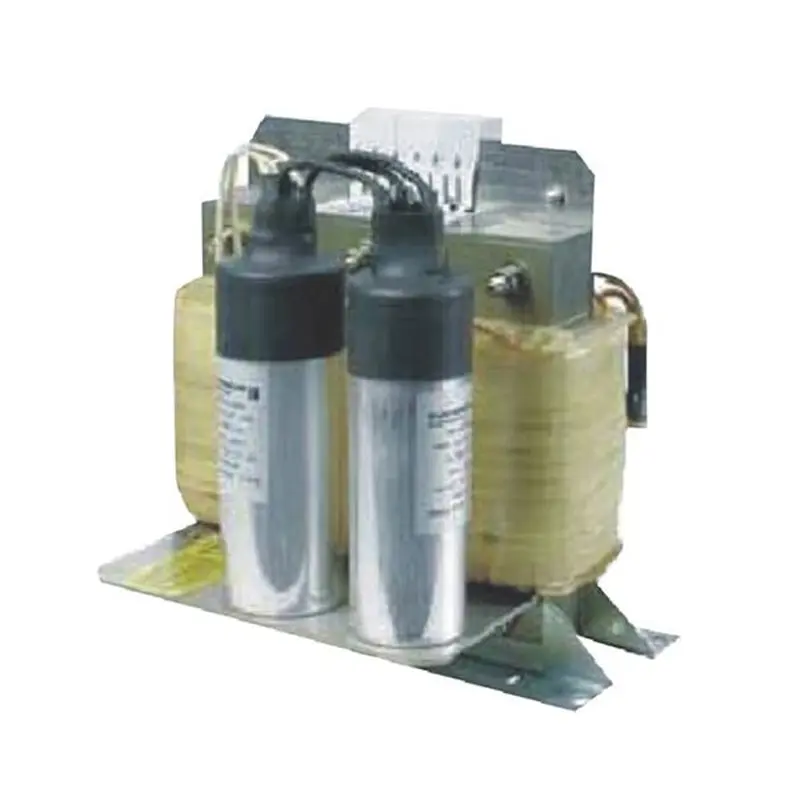In the world of industrial automation, efficient, smooth operation of motors is critical to maintaining productivity and minimizing downtime. One of the key components that plays a vital role in ensuring optimal performance of the motor is the sine wave reactor. This innovative device is designed to convert the motor’s PWM output signal into a smooth sine wave with low residual ripple voltage, effectively preventing damage to the motor winding insulation. In addition, it helps reduce resonance phenomena caused by distributed capacitance and distributed inductance due to cable length, thereby improving the overall efficiency and life of the motor.
Sine wave reactors act as a critical intermediary between the motor and the PWM output signal, effectively converting sudden and potentially damaging pulses into seamless sine waves. By doing this, you reduce the risk of insulation breakdown within the motor, which can be caused by the presence of high-frequency components in the PWM signal. This is particularly important in applications where the motor undergoes frequent start-stop cycles or operates at variable speeds, as the smooth sine wave output helps maintain the integrity of the motor windings, ultimately extending its service life.
Sine wave reactors play a key role in solving the challenges posed by distributed capacitance and inductance in motor control systems. The length of the cable connecting the motor to the drive can introduce unwanted capacitance and inductance, causing resonance issues that can harm system stability and performance. The reactor effectively reduces the influence of distributed capacitance and distributed inductance by converting the PWM signal into a sine wave with low residual ripple voltage, thereby reducing the risk of resonance and ensuring that the motor operation is more stable and reliable.
Sine wave reactors help improve the overall energy efficiency of motor control systems. By smoothing the PWM signal and minimizing residual ripple voltage, the reactor helps optimize the power transfer to the motor, reducing energy losses and increasing the overall efficiency of the system. This is particularly advantageous in applications where energy conservation and operating cost savings are key priorities, as the use of sine wave reactors can contribute to more sustainable and economical operation of motor-driven equipment.
Sine wave reactors are key components in modern motor control systems and offer a range of benefits that help improve motor performance, life and efficiency. By converting PWM signals into smooth sine waves, mitigating the effects of distributed capacitance and inductance, and optimizing energy transfer, reactors play a key role in protecting motors from damage, minimizing resonance problems and promoting sustainable energy use. As industrial automation continues to advance, sine wave reactors remain an indispensable tool to ensure reliable and efficient operation of motor-driven equipment.
Post time: Jul-24-2024
